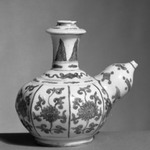

Garment Hook, 475–221 B.C.E. Bronze, inlaid with turquoise, silver, and gold, 1 1/2 × 1 1/4 × 7 1/2 in. (3.8 × 3.2 × 19.1 cm). Brooklyn Museum, Gift of Alan and Simone Hartman, 1991.127.6. Creative Commons-BY (Photo: Brooklyn Museum, 1991.127.6_top_PS4.jpg)

Garment Hook, 475–221 B.C.E. Bronze, inlaid with turquoise, silver, and gold, 1 1/2 × 1 1/4 × 7 1/2 in. (3.8 × 3.2 × 19.1 cm). Brooklyn Museum, Gift of Alan and Simone Hartman, 1991.127.6. Creative Commons-BY (Photo: Brooklyn Museum, 1991.127.6_bw.jpg)
Garment Hook
Asian Art
On View: Asian Galleries, West, 2nd floor (China)
Along with silver, gold, and ivory, turquoise was one of the precious materials sometimes used to ornament luxury objects during the Shang and Zhou dynasties. This garment hook would have been worn at the waist of a long robe by a member of the ruling elite; on the back is a small knob that would have attached to the robe or belt. The tie of the garment wrapped around the head of the animal, possibly a dragon, at the curved end of the hook. In later periods, Chinese connoisseurs appear to have lost their taste for turquoise, which was only rarely used in jewelry or other wares.
MEDIUM
Bronze, inlaid with turquoise, silver, and gold
DATES
475–221 B.C.E.
DYNASTY
Warring States Period
PERIOD
Warring States Period
DIMENSIONS
1 1/2 × 1 1/4 × 7 1/2 in. (3.8 × 3.2 × 19.1 cm) (show scale)



COLLECTIONS
Asian Art
ACCESSION NUMBER
1991.127.6
CREDIT LINE
Gift of Alan and Simone Hartman
EXHIBITIONS
MUSEUM LOCATION
This item is on view in Asian Galleries, West, 2nd floor (China)
CAPTION
Garment Hook, 475–221 B.C.E. Bronze, inlaid with turquoise, silver, and gold, 1 1/2 × 1 1/4 × 7 1/2 in. (3.8 × 3.2 × 19.1 cm). Brooklyn Museum, Gift of Alan and Simone Hartman, 1991.127.6. Creative Commons-BY (Photo: Brooklyn Museum, 1991.127.6_top_PS4.jpg)
IMAGE
top, 1991.127.6_top_PS4.jpg. Brooklyn Museum photograph, 2015
"CUR" at the beginning of an image file name means that the image was created by a curatorial staff member. These study images may be digital point-and-shoot photographs, when we don\'t yet have high-quality studio photography, or they may be scans of older negatives, slides, or photographic prints, providing historical documentation of the object.
RIGHTS STATEMENT
Creative Commons-BY
You may download and use Brooklyn Museum images of this three-dimensional work in accordance with a Creative Commons license. Fair use, as understood under the United States Copyright Act, may also apply.
Please include caption information from this page and credit the Brooklyn Museum. If you need a high resolution file, please fill out our online application form (charges apply).
For further information about copyright, we recommend resources at the United States Library of Congress, Cornell University, Copyright and Cultural Institutions: Guidelines for U.S. Libraries, Archives, and Museums, and Copyright Watch.
For more information about the Museum's rights project, including how rights types are assigned, please see our blog posts on copyright.
If you have any information regarding this work and rights to it, please contact copyright@brooklynmuseum.org.
RECORD COMPLETENESS
Not every record you will find here is complete. More information is available for some works than for others, and some entries have been updated more recently. Records are frequently reviewed and revised, and we welcome any additional information you might have.







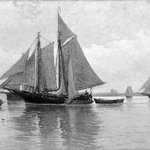




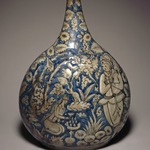
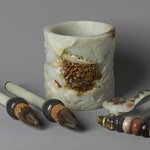


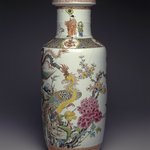
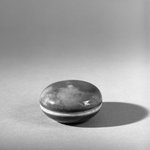





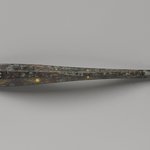
![Portrait of Mlle Fiocre in the Ballet "La Source" (Portrait de Mlle...E[ugénie] F[iocre]: à propos du ballet "La Source")](https://d1lfxha3ugu3d4.cloudfront.net/images/opencollection/objects/size2_sq/21.111_PS11.jpg)









